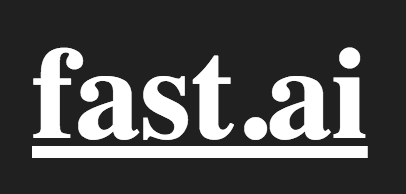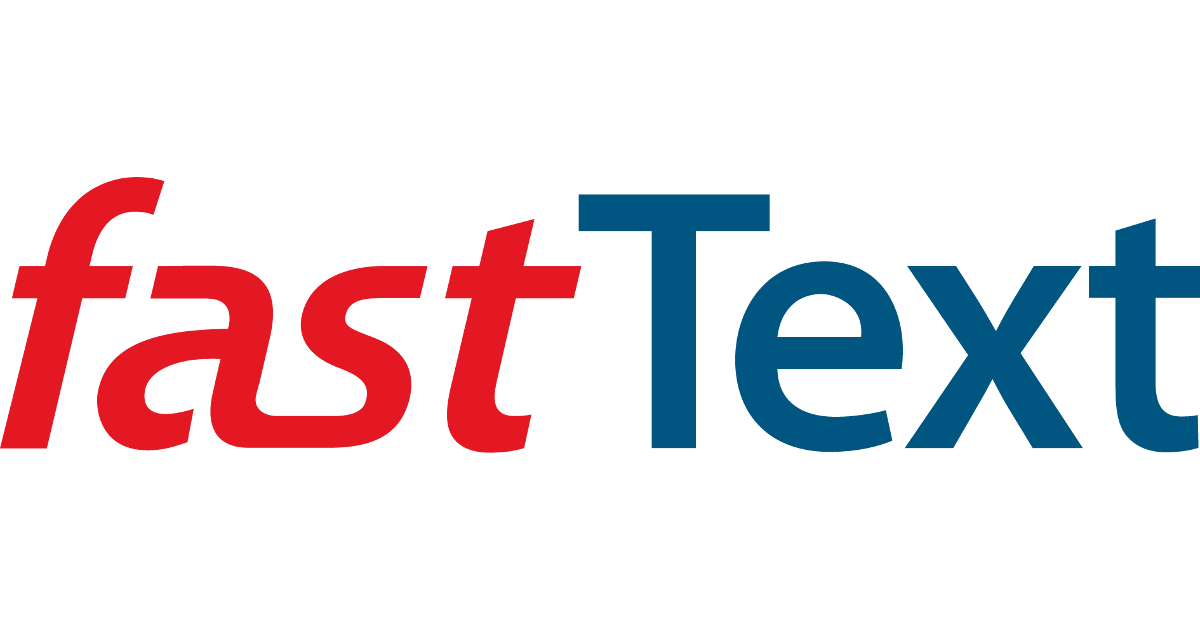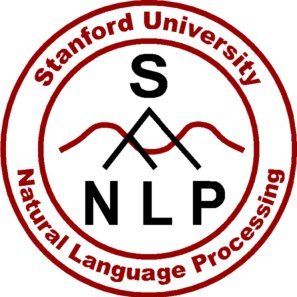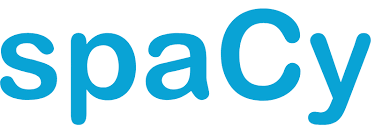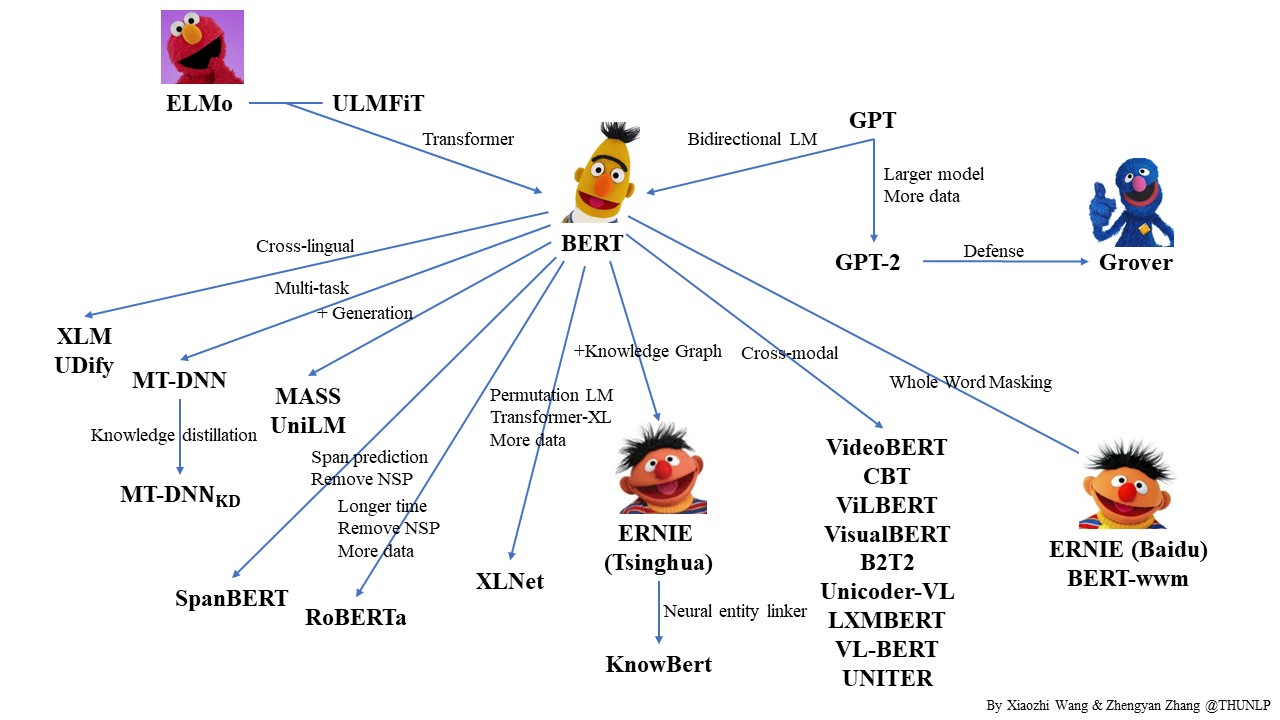Natural Language Processing
Application
Description
Type
🏷️ Part-of-speech tagging (POS)
Identify if each word is a noun, verb, adjective, etc. (aka Parsing).
🔤
📍 Named entity recognition (NER)
Identify names, organizations, locations, medical codes, time, etc.
🔤
👦🏻❓ Coreference Resolution
Identify several ocuurences on the same person/objet like he, she
🔤
🔍 Text categorization
Identify topics present in a text (sports, politics, etc).
🔤
❓ Question answering
Answer questions of a given text (SQuAD, DROP dataset).
💭
👍🏼 👎🏼 Sentiment analysis
Possitive or negative comment/review classification.
💭
🔮 Language Modeling (LM)
Predict the next word. Unupervised.
💭
🔮 Masked Language Modeling (MLM)
Predict the omitted words. Unupervised.
💭
🔮 Next Sentence Prediction (NSP)
💭
📗→📄 Summarization
Crate a short version of a text.
💭
🈯→🆗 Translation
Translate into a different language.
💭
🆓→🆒 Dialogue bot
Interact in a conversation.
💭
💁🏻→🔠 Speech recognition
Speech to text. See AUDIO cheatsheet.
🗣️
🔠→💁🏻 Speech generation
Text to speech. See AUDIO cheatsheet.
🗣️
🔤: Natural Language Processing (NLP)
💭: Natural Language Understanding (NLU)
🗣️: Speech and sound (speak and listen)
Preprocess
Tokenization : Split the text into sentences and the sentences into words.Lowercasing : Usually done in Tokenization Punctuation removal : Remove words like ., ,, :. Usually done in Tokenization Stopwords removal : Remove words like and, the, him. Done in the past.Lemmatization : Verbs to root form: organizes, will organize organizing → organize This is better.Stemming : Nouns to root form: democratic, democratization → democracy. This is faster.Subword tokenization
Extract features
Document features
Bag of Words (BoW) : Counts how many times a word appears in a text. (It can be normalize by text lenght)TF-IDF : Measures relevance for each word in a document, not frequency like BoW.N-gram : Probability of N words together.Sentence and document vectors. paper2014 , paper2017
Word features
Word Vectors : Unique representation for every word (independent of its context).
Word2Vec GloVe : By StandfordFastText : By Facebook
Contextualized Word Vectors : Good for polysemic words (meaning depend of its context).
CoVE ELMO Transformer encoder : Done with with self-attention. ⭐
Build model
Bag of Embeddings Linear algebra/matrix decomposition
Latent Semantic Analysis (LSA) that uses Singular Value Decomposition (SVD).
Non-negative Matrix Factorization (NMF)
Latent Dirichlet Allocation (LDA): Good for BoW
Neural nets
Recurrent NNs decoder (LSTM, GRU)Transformer decoder (GPT, BERT, ...) ⭐
Hidden Markov Models
Regular expressions : (Regex) Find patterns.Parse trees : Syntax od a sentence
Recurent nets
Tricks
Teacher forcing: Feed to the decoder the correct previous word, insted of the predicted previous word (at the beggining of training)
Attention: Learns weights to perform a weighted average of the words embeddings.
Tokenizer : Create subword tokens. Methods: BPE...Embedding : Create vectors for each token. Sum of:
Token Embedding Positional Encoding : Information about tokens order (e.g. sinusoidal function).
Dropout
Transformer blocks (6, 12, 24,...)
Normalization
Multi-head attention layer (with a left-to-right attention mask )
Each attention head uses self attention to process each token input conditioned on the other input tokens.
Left-to-right attention mask ensures that only attends to the positions that precede it to the left.
Normalization
Feed forward layers:
Linear H→4H
GeLU activation func
Linear 4H→H
Normalization
Output embedding
Softmax
Label smothing: Ground truth -> 90% the correct word, and the rest 10% divided on the other words.
Lowest layers: morphology
Middle layers: syntax
Highest layers: Task-specific semantics
Score
For what?
Description
Interpretation
Perplexity LM The lower the better.
GLUE NLU An avergae of different scores
BLEU Translation Compare generated with reference sentences (N-gram)
The higher the better.
"He ate the apple" & "He ate the potato" has the same BLEU score.
Step
Task
Data
Who do this?
1 [Masked] Language Model Pretraining 📚 Lot of text corpus (eg. Wikipedia)
🏭 Google or Facebook
2 [Masked] Language Model Finetunning 📗 Only you domain text corpus
💻 You
3 Your supervised task (clasification, etc) 📗🏷️ You labeled domain text
💻 You
Packages
Description
Type
Parse trees, execelent tokenizer (8 languages)
🔤
Semantic analysis, topic modeling and similarity detection.
🔤
Very broad NLP library. Not SotA.
🔤
Unsupervised text tokenizer by Google
🔤
Fast.ai NLP: ULMFiT fine-tuning
🔤
TorchText (Pytorch subpackage)
🔤
Word vector representations and sentence classification (157 languages)
🔤
pytorch-transformers: 8 pretrained Pytorch transformers
🔤
SpaCy + pytorch-transformers
🔤
Super easy library for BERT based models
🔤
Pretrained models for 53 languages
🔤
🔤
An open-source NLP research library, built on PyTorch.
🔤
Fast & easy NLP transfer learning for the industry.
🔤
NLP library designed for reproducible experimentation management.
🔤
A very simple framework for state-of-the-art NLP.
🔤
SotA NLP deep learning topologies and techniques.
🔤
Scikit-learn style model finetuning for NLP.
🔤
pip install spacy
python -m spacy download en_core_web_sm
python -m spacy download es_core_news_sm
python -m spacy download es_core_news_md import spacy
nlp = spacy .load ("en_core_web_sm" ) # Load English small model
nlp = spacy .load ("es_core_news_sm" ) # Load Spanish small model without Word2Vec
nlp = spacy .load ('es_core_news_md' ) # Load Spanish medium model with Word2Vec
text = nlp ("Hola, me llamo Javi" ) # Text from string
text = nlp (open ("file.txt" ).read ()) # Text from file
spacy .displacy .render (text , style = 'ent' , jupyter = True ) # Display text entities
spacy .displacy .render (text , style = 'dep' , jupyter = True ) # Display word dependencies es_core_news_md has 534k keys, 20k unique vectors (50 dimensions)
coche = nlp ("coche" )
moto = nlp ("moto" )
print (coche .similarity (moto )) # Similarity based on cosine distance
coche [0 ].vector # Show vector
🤗 Means availability (pretrained PyTorch implementation) on pytorch-transformers package developed by huggingface.
Model
Creator
Date
Breif description
Data
🤗
1st Transformer Google
Jun. 2017
Encoder & decoder transformer with attention
ULMFiT Fast.ai
Jan. 2018
Regular LSTM
ELMo AllenNLP
Feb. 2018
Bidirectional LSTM
GPT OpenAI
Jun. 2018
Transformer on LM
✔
BERT Google
Oct. 2018
Transformer on MLM (& NSP)
16GB
✔
Transformer-XL Google/CMU
Jan. 2019
✔
XLM/mBERT Facebook
Jan. 2019
Multilingual LM
✔
Transf. ELMo AllenNLP
Jan. 2019
GPT-2 OpenAI
Feb. 2019
Good text generation
✔
ERNIE Baidu research
Apr. 2019
XLNet :Google/CMU
Jun. 2019
BERT + Transformer-XL
130GB
✔
RoBERTa Facebook
Jul. 2019
BERT without NSP
160GB
✔
MegatronLM Nvidia
Aug. 2019
Big models with parallel training
DistilBERT Hugging Face
Aug. 2019
Compressed BERT
16GB
✔
MiniBERT Google
Aug. 2019
Compressed BERT
ALBERT Google
Sep. 2019
Parameter reduction on BERT
https://huggingface.co/pytorch-transformers/pretrained_models.html
Model
2L
3L
6L
12L
18L
24L
36L
48L
54L
72L
1st Transformer yes
ULMFiT yes
ELMo yes
GPT 110M
BERT 110M
340M
Transformer-XL 257M
XLM/mBERT Yes
Yes
Transf. ELMo
GPT-2 117M
345M
762M
1542M
ERNIE Yes
XLNet :110M
340M
RoBERTa 125M
355M
MegatronLM 355M
2500M
8300M
DistilBERT 66M
MiniBERT Yes
Attention : (Aug 2015)
1st Transformer : (Google AI, jun. 2017)
Introduces the transformer architecture: Encoder with self-attention, and decoder with attention.
Surpassed RNN's State of the Art
Paper: Attention Is All You Need
blog .
ULMFiT : (Fast.ai, Jan. 2018)
Regular LSTM Encoder-Decoder architecture with no attention.
Introduces the idea of transfer-learning in NLP:
Take a trained tanguge model: Predict wich word comes next. Trained with Wikipedia corpus for example (Wikitext 103).
Retrain it with your corpus data
Train your task (classification, etc.)
Paper: Universal Language Model Fine-tuning for Text Classification
ELMo : (AllenNLP, Feb. 2018)
Context-aware embedding = better representation. Useful for synonyms.
Made with bidirectional LSTMs trained on a language modeling (LM) objective.
Parameters: 94 millions
Paper: Deep contextualized word representations
site .
GPT : (OpenAI, Jun. 2018)
Made with transformer trained on a language modeling (LM) objective.
Same as transformer, but with transfer-learning for ther NLP tasks.
First train the decoder for language modelling with unsupervised text, and then train other NLP task.
Parameters: 110 millions
Paper: Improving Language Understanding by Generative Pre-Training
site code
BERT : (Google AI, oct. 2018)
Transformer-XL : (Google/CMU, Jan. 2019)
XLM/mBERT : (Facebook, Jan. 2019)
Transformer ELMo : (AllenNLP, Jan. 2019)
GPT-2 : (OpenAI, Feb. 2019)
ERNIE (Baidu research, Apr. 2019)
XLNet : (Google/CMU, Jun. 2019)
RoBERTa (Facebook, Jul. 2019)
MegatronLM (Nvidia, Aug. 2019)
Too big
Parameters: 8300 millions
DistilBERT (Hugging Face, Aug. 2019)
Compression of BERT with Knowledge distillation (teacher-student learning)
A small model (DistilBERT) is trained with the output of a larger model (BERT)
Comparable results to BERT using less parameters
Parameters: 66 millions
What is NLP? ✔Topic Modeling with SVD & NMF Topic Modeling & SVD revisited Sentiment Classification with Naive Bayes Sentiment Classification with Naive Bayes & Logistic Regression, contd. Derivation of Naive Bayes & Numerical Stability Revisiting Naive Bayes, and Regex Intro to Language Modeling Transfer learning ULMFit for non-English Languages Understanding RNNs Seq2Seq Translation Word embeddings quantify 100 years of gender & ethnic stereotypes Text generation algorithms Implementing a GRU Algorithmic Bias Introduction to the Transformer ✔The Transformer for language translation ✔What you need to know about Disinformation
